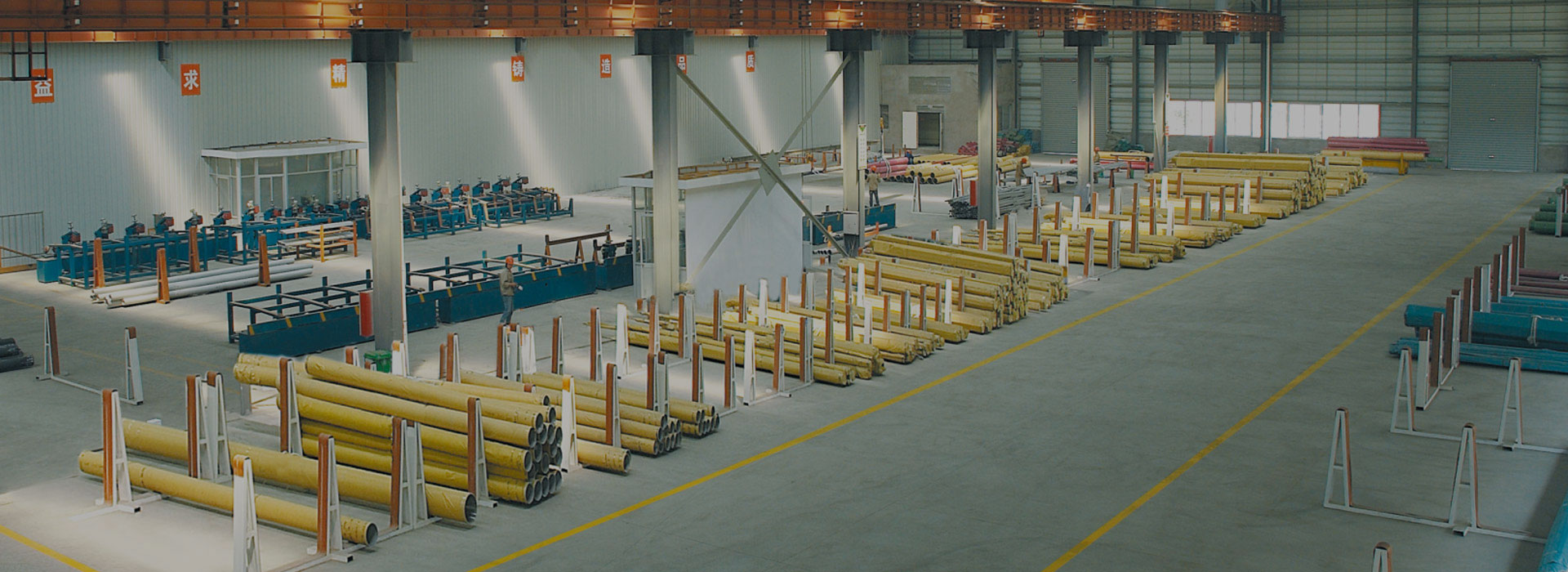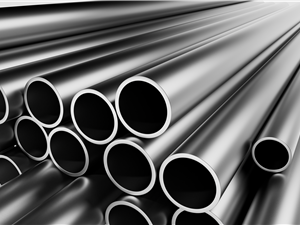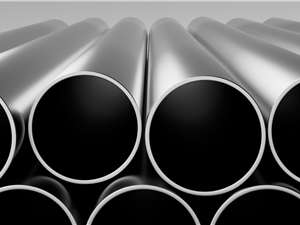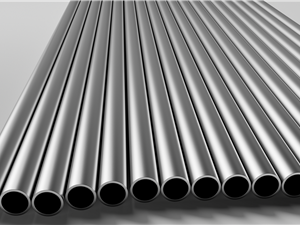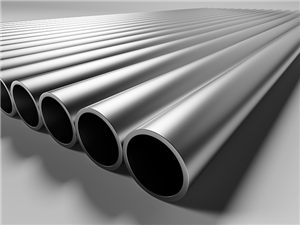|
Grade |
|
C |
Cr |
Ni |
Mn |
P |
S |
Mo |
Si |
Cu |
N |
Other |
|
347 |
0Cr18Ni11Nb |
≤0.08 |
17.00-19.00 |
9.00-13.00 |
≤2.00 |
≤0.035 |
≤0.030 |
- |
≤1.00 |
- |
- |
Nb≥10*C% |
|
347H |
* |
0.04-0.1 |
17.00-19.00 |
9.00-13.00 |
≤2.00 |
≤0.035 |
≤0.030 |
- |
≤1.00 |
- |
- |
Nb≥8*C% |
Chemical Composition
Mechanical Properties
|
Yield strength |
Tensile strength |
Elong |
|
Rp0.2a) MPa≥205 |
Rm MPa 515 |
Ab)% ≥35 |
Applications
- Boiler tubes and casings
- Oil and gas refinery piping
- Radiant superheaters
- High-pressure steam pipes
- Heat exchanger tubes
- Cabin heaters
- Heavy wall-welded equipment
- Aircraft exhaust stacks and collector rings
- Chemical production equipment
Material Summary
Type 347H is a high carbon austenitic chromium stainless steel. Found in applications that demand high temperature resistance, other major design features include:
- Similar resistance and corrosion protection as Alloy 304
- Used for heavy welded equipment when annealing is not possible.
- Good oxidation resistance, on par with most other austenitic stainless steels
- Higher carbon allows for better high temperature creep properties.
347 Stainless Steel
347 stainless steel is an austenitic grade that contains chromium, nickel, and columbium stabilized by titanium. This type of stainless steel offers excellent intergranular corrosion resistance after welding or stress relieving. It can operate at high temperatures (up to 1500F) without suffering from carbide precipitation. This type of steel has good strength retention in both high and low-temperature environments, as well as good oxidation resistance.
347H Stainless Steel
The “H” in 347H stands for “high carbon” content. This variety of stainless steel has higher amounts of carbon than standard 347 stainless steel, with increased tensile strength and creep resistance at elevated temperatures. Due to its higher carbon content, this type of stainless steel provides better stress rupture properties than the standard version. It also offers excellent resistance to oxidation in intermittent service up to 1600F and continuous service up to 1700 degrees F.
Difference Between 347 and 347H Stainless Steel
- 347 is an austenitic stainless steel that contains chromium, nickel, and columbium.
- 347h is austenitic stainless steel that contains chromium, nickel, and columbium. It also has a higher carbon content than 347.
- Both 347 and 347h are heat resistant and can be used in high-temperature applications.
- The main difference between 347 and 347h is that 347h has a higher carbon content, which gives it better high-temperature properties.
- Both alloys are non-magnetic and can be used in applications where magnetism is a concern.
- 347h is more expensive than 347 due to its higher carbon content.
- Both alloys are available in a variety of forms, including sheet, plate, bar, pipe, tubing, and fittings.
- Applications for both alloys include aerospace, chemical processing, oil and gas, and power generation.

